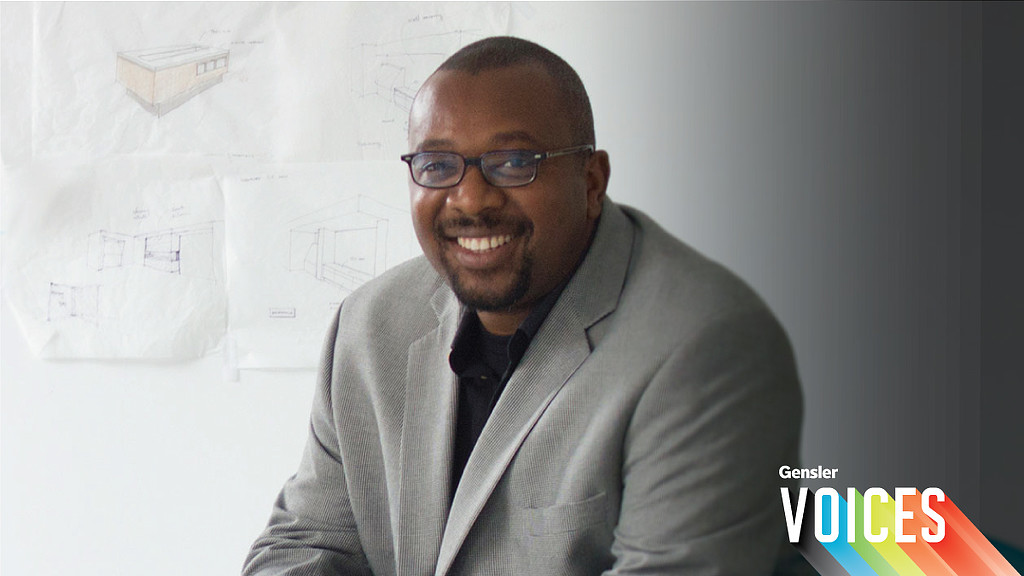Gensler Voices: O'Lanre Smith Shares How World Travel Shaped His Architecture Career
July 09, 2021
This Q&A is part of a series of interviews with Gensler architects, designers, and others in the firm about their career journey, and the impact that design and architecture can have on our communities and enhancing the human experience. Here, we sit down with O’Lanre Smith, architect and technical director, Gensler Morristown:
Lego! Lego! Lego! As with most children, Lego played a very important and influential role in my formative years. Also, my eldest brother, who is actually an attorney, had a gift with the arts. His sketches and sculptural pieces were everywhere at home to see, and that was great inspiration into the creative field for me.
What was an early experience that influenced your career path?As a child, my first passion was flying, and I wanted to become a pilot. I grew up in a Nigerian household where your parents make it very clear that there were only three professions, outside of which you were considered a failure: Medicine, Law, and Engineering (by extension, Architecture). Being the youngest sibling, my older ones had chosen and were already either doctors or lawyers, or in the making. I wanted to be different, so I settled for what was my next closest passion — architecture. This passion was fostered in middle school, when I dabbled in technical drawing and fine art. That was it. I was hooked.
How has your career shaped your understanding of the world?I also might want to ask how the world has shaped my understanding of my career? I have lived and worked on three different continents. I have had the privilege of visiting about 50 countries, and despite variations, it’s really always all about one thing: people. If you respect the four “C”s (custom, culture, community, and climate), your architecture/design and the world will be in harmony.
How can architecture and design advance wellness, equity, and inclusion?Most people assume and relate to architecture and the forms it creates. They speak more about the forms resulting from our actions. Very seldom do people think about the emotional connection of spaces. I value the emotional response more than just the physical attributes. This emotional response is directly connected to wellness. The earlier I recognized that architecture and design was all about the people who occupied a space, the easier it became to fulfill design’s purpose. Design should be for everyone, and not just the privileged few. We need to be intentional about ensuring we provide equity in design, and all design should be inclusive.
What role does architecture and design play in shaping the minds of the future generations?We are responsible for the built and unbuilt environment. How we respond to this task influences people negatively or positively. We must make right choices.
The most important thing I’ve learned as an architect is…The far-reaching impact we could have. We have been given the privilege to create or alter the environment. Do not be arrogant and certainly do not take it for granted. Make it better for ALLoccupants, one person, and one community at a time. We owe it to generations to come.
Name a building or space that every designer should see in person.Wow! There are certainly a few:
- Building: Sagrada Família
- Spaces: Stonehenge & The Great Wall
- On my bucket list: The Taj Mahal
My colleagues, my clients, and my community. However, I have worked with lots of great architects, a few that certainly shaped my thinking today. They all gave me opportunities at the beginning of my career with a very simple approach to problem solving.
For media inquiries, email .
